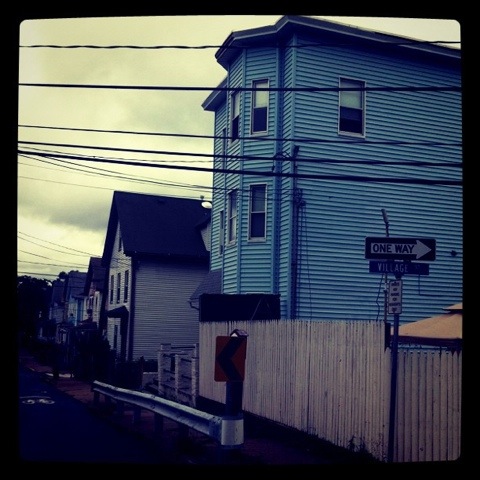Education isn’t part of my agenda. It is my agenda.
– Kenny Guinn
In 1980, Hugh Mehan published a study of children participating in “circle time” in their classroom. Throughout the study, Mehan placed a wireless microphone on the back of students for one hour each morning to document their interactions.
Up to that point, Mehan wrote, classroom community had been studied from the teacher’s perspective. He wanted to se what was going on with everyone else.
Students like teacher, have objectives that they would like to meet during the course of a given classroom event, a school day, a school year. And like teachers, students employ others and their surroundings as contexts for achieving these objectives. The simultaneous presence of students’ and teachers’ agendas suggests that the classroom be viewed as a social activity in which teachers and students mutually influence each other and collaboratively assemble its social order.
In his published findings, Mehan reported interactions between a triad of girls who were talking to one another during circle time while the teacher was attempting to divvy up classroom jobs.
It all happened simultaneously.
Hair combing, securing snacks, discussing play dynamics, they all happened at the same time.
Mehan writes, “All this indicates an ability to monitor and participate in several activities simultaneously, a skill that cognitive scientists have called ‘parallel processing.’”
By teachers in any ordinary classroom, the actions of Carolyn, Leola and Ysidro would be taken as insubordinate. Not telling-the-teacher-off insubordinate, but certainly working-against-the-teacher’s-agenda insubordinate.
They don’t have to be.
Mehan’s point, and the deeper implication of the study is when teachers see “off-task” behavior, it doesn’t necessarily mean the students are off-task. They are on the tasks they deem important. And Mehan claims also on-task with the items on the teacher’s agenda.
This isn’t an argument that children should be allowed to do whatever they want or that their agendas should trump any agenda set forth by the teacher. There’s literature about that, sure, but this isn’t about that.
Instead, it’s about realizing everyone in the classroom has an agenda, and to each individual that agenda is personal and important.
Mehan writes the study’s findings shed light on the fact “that participants to interaction, including socializing interaction, mutually influence each other.”
Yes.
And.
The study serves as a reminder that teachers face the task (perhaps their first agenda item) of persuading each student in a class that the teacher’s agenda is worthy of student attention and perhaps even adoption.
It’s a tough sell all around.
Citation:
Hugh Mehan, “The Competent Student,” Anthropology and Education Quarterly, Vol. 11 (1980), 131-152.
